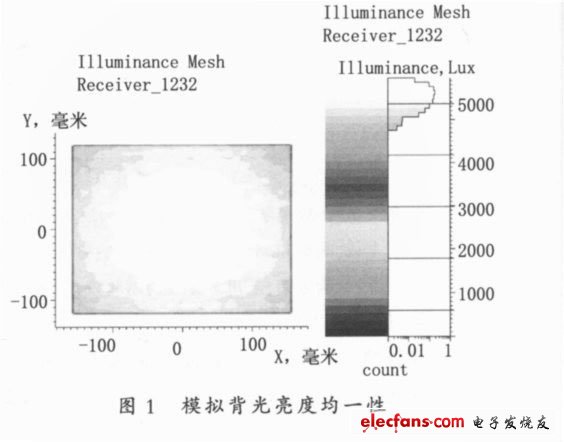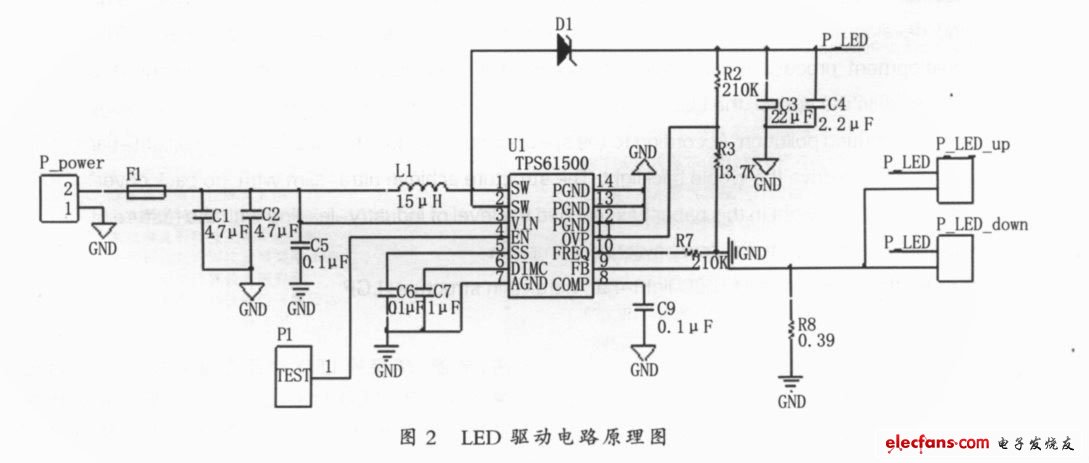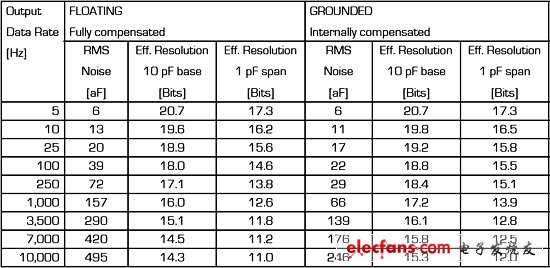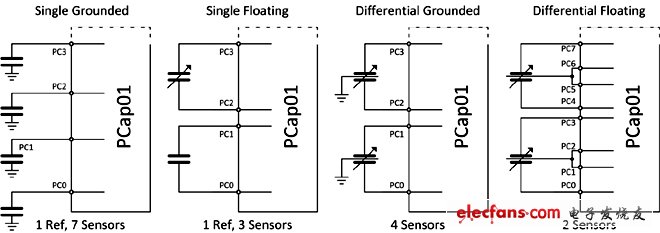introduction
With the development of LED technology, especially the improvement of luminous efficiency, energy-saving and environmentally-friendly LED products have become more and more widely used in the display field. LED packaging, SMT patches, and light strip production have all reached a high level, and LED backlight manufacturing and industrialization levels have reached a very high level. At present, the market demand for small-sized products is increasing by about 20% per year. The application of LED backlights on notebook computers has become the dominant trend. The application of CCFL backlights on notebook computers will gradually withdraw from the historical stage. At present, global manufacturers are actively developing LED backlight products. Currently, almost all mainstream notebook computers in the market use LED backlight technology.
This paper introduces the design and development of LED backlight components for notebook computers, and explains the development process from the perspective of optics, circuit and structure. In terms of optics, the STAMPER technology is used to integrally form the light guide plate to reduce the printing process without printing pollution. In terms of circuit, the LED light strip is designed according to the specifications and number of LEDs to drive the entire backlight; in terms of structure, the structure without backplane is adopted. Designed to achieve ultra-thin effects. The LED backlights designed for notebook computers in this paper are ultra-thin, high-light, and low-power, reaching the industry leading level.
1 optical design
1.1 LED light source
The function of the backlight module is to make the light emitted by the point source pass the diffuse reflection to make it a surface light source. In order to obtain a qualified surface light source, first select the appropriate LED. The LED size of the notebook backlight assembly is usually 3014. By presetting the white light photometric index, combined with the analysis and analysis of the influencing factors such as the LCD screen and optical film, Completion of the calculation of the luminous flux required for the entire backlight. Based on the calculated luminous flux, the number of LEDs required is calculated in conjunction with the optical characteristics of the LED.
1.2 LGP design and processing
Using STAMPER technology, the light guide plate is integrally formed to reduce the printing process and reduce printing pollution. The mesh is formed by the injection of the mold, and the design of the incident surface can destroy the total reflection of the light source, and control the distribution of the angle of the light source to the surface of the light guide plate, and the number of the mesh points can effectively control the light source. The dot can be arbitrarily designed with the mold. If the dot is a very small smooth mirror, the loss of light inside the dot and the light guide can be minimized, and the optical design software is used for the dot design. Figure 1 shows the brightness uniformity of the simulated backlight assembly.

2 circuit design
In the edge-lit backlight assembly, a long strip LEDlight-bar is used as the light source of the whole component, and the LED light-bar uses a white light-emitting LED. Taking a certain type of product as an example, a single power consumption: 3.2V & TImes; 0.02A =0.064W. The entire light-bar power consumption: 0.064W & TImes; 42=2.69W. LED backlight circuit design mainly includes the design of the light strip and the design of the drive control circuit. The drive circuit uses a DC/DC constant current drive chip to illuminate The strip is driven by a constant current. Figure 2 shows the drive schematic for the LED light-bar.

3 structural design
The LED backlight assembly for notebook computers usually adopts an edge-light structure, and the backlight assembly structure includes: an LED light strip, a film material, a light guide plate, a driving board, and a plastic frame. The backlight assembly uses white LEDs. The entire structure is designed with the center point of the AcTIve Area as the design center for all components. The other dimensions are designed on the premise of the size of the LCD screen used in notebook computers. The structure is designed considering the requirements of circuit design and optical design. The structural design begins with the LAYOUT layout diagram, expressing the overall mechanism and the assembly relationship between the components, and then proceeding with the part drawing structure design. The thickness of a backlight product of a certain model can reach 2.35mm. The structural features of the LED backlight used in notebook computers are as follows: (1) The backlight has a short-side light input, and the light-incident mode is short-side light input, and the light-emitting strip size is reduced. (2) The use of thin flat LGP has higher technical requirements for LGP mesh; (3) plastic frame structure, no back plate, no lampshade structure, high reflectivity reflector shading, aluminum foil heat dissipation; (4) When assembling, the alignment of the LED light-emitting surface and the LGP light-input portion is required to be high.

Figure 3 Backlight section view
4 test
The LED backlight component light source for laptop computer designed in this paper uses white LED. The assembled LED backlight uses 13-point test with BM-7. The average brightness of 5 points is 4,019 nit, and the brightness uniformity is 85.33%. The performance reached 95% @CIE 1976. The overall power of the backlight is 3.2W, and the LED power consumption is 2.69W. The driving circuit of the backlight system is simple and the current consistency is good. Table 1 shows the optical test data for the backlight.
Table 1 Optical test data of LED backlight

5 Conclusion
This paper designs and develops the LED backlight for notebook computer. It adopts STAMPER technology to integrally form the light guide plate to reduce the printing process and reduce printing pollution. The LED light strip is designed according to the specifications and number of LEDs to drive the entire backlight. The structure is designed without a backboard to achieve an ultra-thin effect. The LED backlight assembly for notebooks designed in this paper is ultra-thin, high-light, and low-power, reaching the industry leading level.
Runway Speaker,Runway Micro Speaker,Track Runway Speaker,Outdoor Runway Speakers
NINGBO SANCO ELECTRONICS CO., LTD. , https://www.sancobuzzer.com